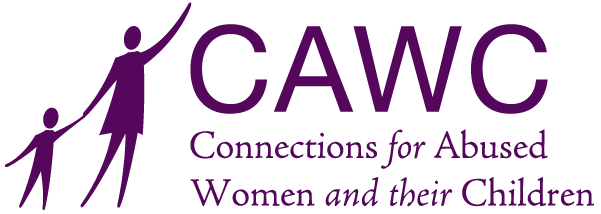When we think of abusive relationships, we’re most likely to think about physical violence that one partner commits against the other. While this type of abuse is a very real and serious problem, it’s by no means the only type of abuse that can happen between two people.
Being familiar with more subtle or non-physical types of abuse is an important part of being able to recognize the signs, both in your own life and other people’s lives. Here, we’ll outline several different types of abuse, including examples of each.
- ● Emotional or verbal abuse. Emotional abuse covers a wide range of behaviors, but generally includes anything that is intended to make the other person feel bad about themselves. This might include belittling them or calling them names, gaslighting, criticism or guilt trips, ignoring or mocking their feelings, withholding affection, and more.
- ● Sexual abuse. Sexual abuse includes rape or any non-consensual sexual act, withholding birth control or otherwise controlling their reproductive freedom, sexual humiliation, or intentionally hurting someone during sex.
- ● Financial abuse. Financial abuse involves controlling or restricting someone’s financial freedom in any way. This might look like withholding money or other assets, controlling when and how someone spends money, limiting their ability to work, using that person’s identity or credit without their consent, and more.
- ● Psychological abuse. Psychological abuse is similar in some ways to emotional abuse, and the two are often used interchangeably. Psychological abuse includes any behavior that is used to control, isolate, or frighten the other person. This might be threats of self-harm or suicide if the other person doesn’t comply with a demand; threatening to hurt children, loved ones, or pets; intentionally cutting the other person off from friends or family; or using intimidating or threatening behavior.
- ● Technological abuse. Technological abuse is the use of technology to control or intimidate someone. This might look like stalking or harassing someone online, using technology to track their location or communication with other people, restricting their access to the internet or their devices, and sharing photos or other personal information online without their consent.
It’s important to note that none of these types of abuse are mutually exclusive. Survivors of domestic violence may experience multiple forms of abuse over the course of a relationship. And even if they don’t leave bruises, these types of abuse can be just as damaging and harmful as physical violence. As always, if you see something, say something.
At Connections for Abused Women and Their Children (CAWC), we believe that everyone has a right to a life free of violence. Our mission to end domestic violence is rooted in education, service, and advocacy. In addition to working toward broader social change, we provide empowerment-based and trauma-informed support in the form of shelter, counseling, and advocacy to individuals affected by domestic violence and their children. If you or someone you know is struggling with domestic violence, don’t hesitate to call our 24-hour hotline at (773) 278-4566. To support our work, consider volunteering or donating.
